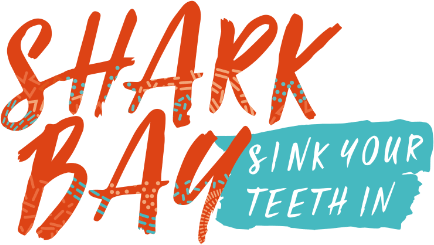UNESCO World Heritage Listing
Shark Bay: A World Heritage Wonder
Recognised by UNESCO as a place of global significance, Shark Bay is one of the world’s true natural treasures. Of more than 200 sites listed for their natural values, Shark Bay is among the rare few that meet all four of UNESCO’s natural heritage criteria. Officially inscribed as a World Heritage Area in 1991, it stands as one of Earth’s most remarkable natural landscapes.
What makes Shark Bay so special? It tells the story of our planet’s past and present like nowhere else. Here, living stromatolites—ancient microbial structures—reveal what life looked like billions of years ago. The region’s unique geology and ecosystems, such as the Faure Sill, continue to shape the land and sea today, showing how nature and people are deeply connected.
Shark Bay’s beauty is equally captivating. From shimmering lagoons like Big Lagoon and Little Lagoon to vast salt pans known as birridas, the landscapes are breathtaking in both colour and form. It’s also a vital refuge for wildlife, home to rare and endangered species including five of Australia’s 26 threatened mammals.
With its ancient life forms, stunning scenery, and incredible biodiversity, Shark Bay is a living masterpiece of nature—an unforgettable place that truly deserves its World Heritage status.
Cape Inscription Lighthouse
Cape Inscription Lighthouse on Dirk Hartog Island marks the entrance into Naturaliste Channel and Shark Bay. Situated at the northern end of the island, the lighthouse is 15 metre high concrete tower. Also built in 1908 was the lighthouse keepers quarters, storehouse, stables and an oil store. The powerful lantern was first lit on the 1st of March 1910.
Big Lagoon
Big Lagoon within the Francois Peron National Park is a land of ever changing colours. The rich sapphire blue of the water transitions to icy turquoise in the shallows. The rich red of the soil transitions to deep burnt umber, the sand of the beaches and the birridas from white to rich decadent creamy gold.
Stromatolites
Some of the oldest living organisms on Earth are the Stromatolites of Hamelin Pool. These microbial living fossils are sensitive and will die when trodden on. You can see the stromatolites on an Eco Tour. Unfortunately, cyclones destroyed the boardwalk erected for visitors to wander out and view this amazing feature of nature.
Tiger Shark and Seagrass
Tiger Sharks are common in Shark Bay. Seagrass habitat is a fruitful ecosystem for predators. Shark Bay World Heritage area has the largest and richest sea-grass beds in the world. With local volunteers replanting acres of seagrass beds that get destroyed by weather events such as heat waves.
Local Emu Family
Shark Bay is famous for our friendly Emu's. You can often see them wandering around the town, debugging and weeding residents lawns or taking a dip at the beach. With Emu young, once the female has laid the eggs, she leaves the nest to leave Dad to look after the young. Often you will see the males with a couple of mobs of chicks.
Bandicoot Faure Island
the Shark Bay Bandicoot is the smallest species of bandicoot and is also known as the marl. They are identifiable by their long tampered snout and short tail, with erect ears. Once common in the southern arid regions of WA they became extinct on the mainland in the 1940's with the only colonies on Bernier and Dorre Islands in Shark Bay. Through rigorous breading programs some have been translocated to other feral free sites such as Faure Island and will be reintroduced to Dirk Hartog Island. as part of the Department of Biosecurity, Conservations and Attractions Return to 1616 project.
Rufous Hare Wallaby
Rufous Hare Wallaby also known as Mala, is a small marsupial with reddish orange fur. They weigh in at 1.6 - 1.7kg. The Mala was widespread throughout Western Australia with the last mainland populations wiped out by 1991 predominantly by feral animals. Wild populations remain on Bernier and Dorre Islands and some have been translocated to Trimourille Island. They will also be introduced to Dirk Hartog Island as part of the Department of Biosecurity, Conservation and Attractions return to 1616 project.

